How to drag a chair with your own hands: a guide step by step
Even if the furniture upholstery is worn out and requires replacement, this is not a reason to spend money on new furniture. You can drag a chair with your own hands, step by step it is painted in sufficient detail so that all this can be done independently. But you need to start with the choice of materials and tools. Only following basic rules will allow you to do the job well.

Upholstery and filler selection
Tug of such furniture will only be successful when not only beautiful, but also durable and wear-resistant material will be chosen for this, which will also be combined with the general style of the interior. General requirements: the fabric should be not only durable, but well-retained. It should be easy to wash, so that if necessary it can even be washed with soapy water.
The most common options are genuine leather, textiles and leatherette, which is often called dermantine in everyday life. But not all textiles are suitable for upholstering a chair.. Specialists for these purposes are advised to choose from the following options:
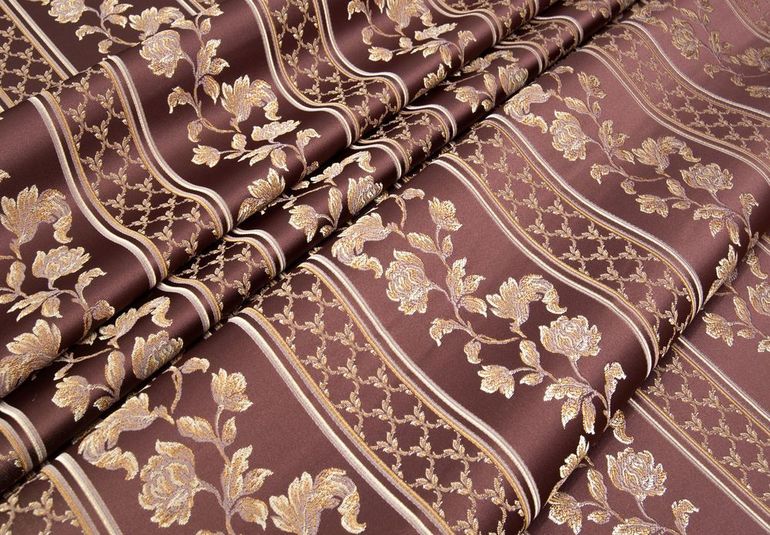
- Jacquard fabric - it is considered the most durable and durable.
- Flock and velvet, most often artificial ones, are high-quality fabrics that do not fade in the sun, but still require rather careful care.
- Chenille is a very practical fabric, versatile, fairly dense and resistant to mechanical stress.
- A tapestry is a very beautiful kind of fabric; moreover, it is perfectly erased.
It is clear that in many ways the choice of material that the chair will be upholstered depends on the conditions under which it will be used. For example, if this is a bar stool, then it makes sense to pay attention to dense chenille or even genuine leather. Of course, for the office you also need to take something similar. But for home chairs, a good option could be jacquard. Kitchens are an exception, since they will require leatherette.
It is not enough to choose a fabric for upholstery. We also need a filler, of which, essentially, consists of a chair seat. In addition, it all depends on the model, in some you still need to fill the back. And for that, and for another, sheet foam rubber is considered the best material (optimal thickness is 40-50 mm, density is from 30 to 50 kg / cubic meter). But bulk materials in order to fill a chair, you can not use. Good options are also considered sheet polyurethane foam and latex, but pulling chairs at home with them will be more difficult.
In addition, you need a synthetic winterizer, a layer of which is placed between the fabric and foam. Then the upholstery will be uniformly stretched and will not form folds. Some craftsmen advise using rough fabric.
An important point - you can not buy back-to-back material. It’s better to buy more. Its remainder can always be used in the interior. For example, make decorative pillows to match the new chairs.
Necessary tools and getting started
In order to pull the chairs at home, you will need tools. It is better to prepare them in advance. For example:
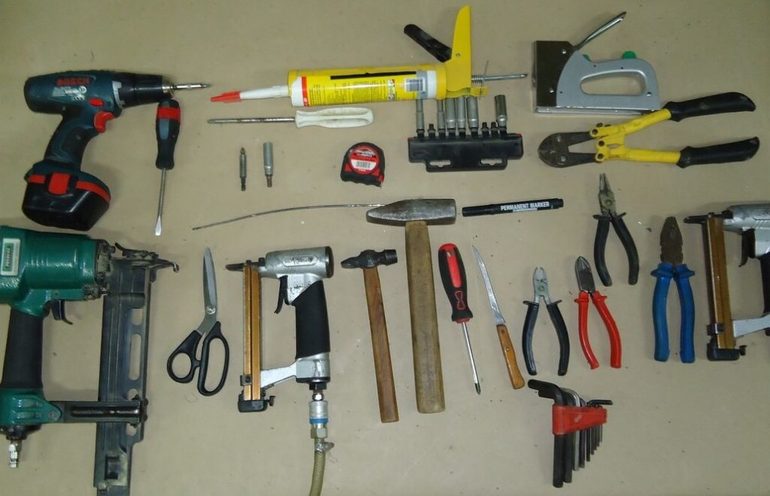
- Screwdriver Set;
- key;
- plosgobutsy;
- awl;
- special furniture stapler and anti-stapler in order to remove old staples;
- scissors;
- centimeter;
- chalk or marker for patterns;
- wrench for bolts.
You also need PVA glue and a brush to apply it. In order to create patterns, take cardboard.
Any step-by-step instruction begins the description of this process with such a step as removing the old skin. Here you will need a furniture key, since a wooden chair is best to take apart. Then in the future it will be easier to pull the back of the chair with your own hands and separately restore the seat.
When disassembling, metal plates are removed. Old staples are pulled out with an anti-stapler, and if it is not, then use a flat screwdriver.
The old upholstery and soft filler are removed with a screwdriver or awl. Care should be taken, because if you can not tear this fabric, then it will be possible to cut patterns. Otherwise, you will have to measure the seat with a centimeter (you will need to add at least 5 cm more on each side to fix the upholstery).
Be sure to inspect the frame of the chair. Perhaps there are cracks in it, in which case they will need to be filled with sealant or at least PVA glue. If the frame is loose, the weaknesses need to be tightened.
Chair hauling process
In order to drag the seat of the chair with your own hands, use a certain algorithm. All steps must be followed. So:
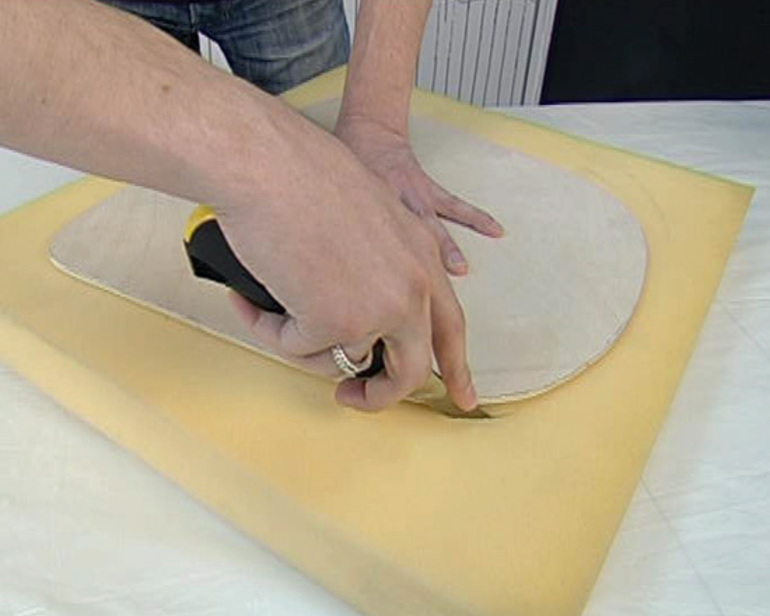
- According to the template, a seat is cut out of a new filler. Foam is glued to the plywood base using PVA glue. On the sides, foam is also coated with glue. Then it is covered with a synthetic winterizer or draft fabric and fixed on the base with a stapler. Excess pieces of fabric are carefully cut with scissors.
- Cut out fabric for new upholstery on the patterns. This is done taking into account her design, so that it looks good when the close-fitting is completed.
- The prepared material is applied to the seat, the edges are bent, the fabric is slightly pulled so that it lies evenly on the seat, and then fixed with a stapler. The step between the staples should not exceed 2 cm.
The hauling has generally been completed. However, after this, you still need to close the bottom of the seat with a rough cloth, and then attach the finished seat to the chair frame with the application of metal plates and screws. Now the replacement is correct.
To achieve maximum adhesion of the seat base with the filler, some weight is left on the chair for several days, not too heavy, for example, a couple of weighty books.
If you need to cover the chair with leather with your own hands, the algorithm of actions will be exactly the same. However, working with this material is much more difficult. If you look at the master class on the Internet, you will notice that additional tools are used for the skin. The same goes for leatherette, which is also often much more dense, so it’s harder to pull it on.
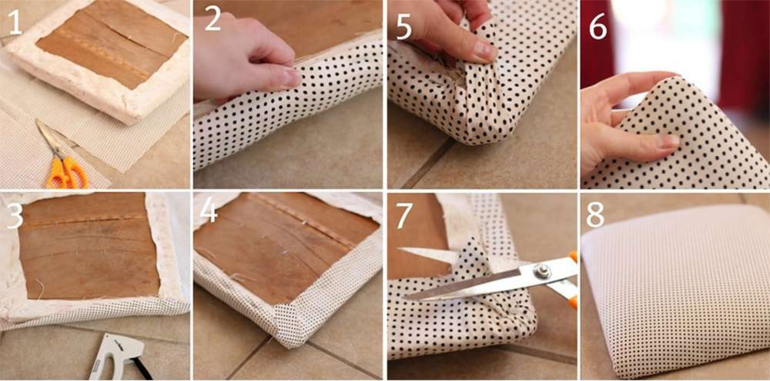
In the kitchen are often not chairs, but stools. If they have a soft seat, they can be pulled in exactly the same way as a chair. True, the stool often has a round seat. But this is not reflected in the sequence of actions. In the same way, it is necessary to change the foam rubber and cover it with a cloth, only there are no corners and it is necessary to carefully monitor that wrinkles do not appear.
When hauling a chair, it becomes possible to refine this piece of furniture. For example, if initially it was without springs, then you can drag the bottom of the seat with leather straps. However, if the springs are and are in good condition, then you do not need to remove them, since they are more durable compared to belts.
Backrest restoration
Before sheathe the back with a new cloth, you need exactly the same as described above, disassemble and check the frame. To do this, detach parts (those that are removable), remove the old coating, and check for cracks. What else is recommended to do is sand the surface with a machine.
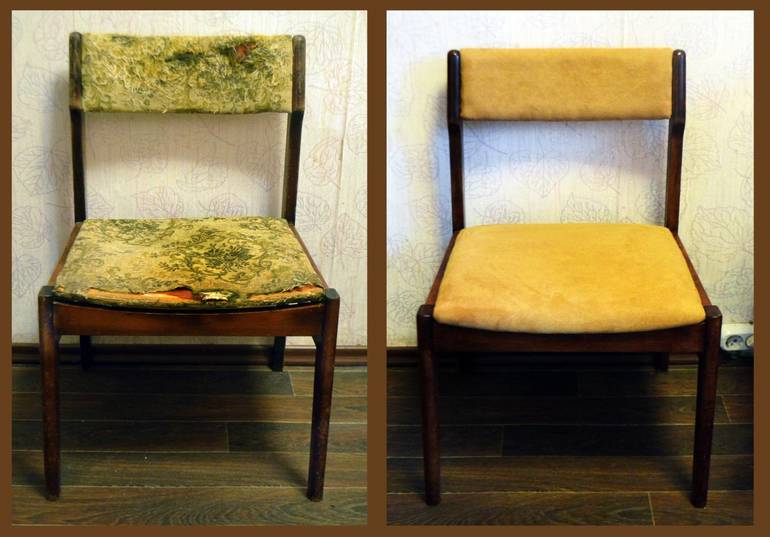
If there are cracks, then they are filled with sealant or glue. A syringe is used to administer the latter. If desired, the chair can be repainted in a different color. But for this, you will first have to remove the old paintwork from the entire frame, then sand the entire surface, apply a primer, and then paint.
You can limit yourself to updating the varnish layer - it all depends on the state of the furniture and the imagination of the master. After all, hauling a chair is partly a creative process. It is important to remember that parts can only be joined after they are completely dry.
Tighten the soft part of the back should be exactly the same as in the case of the seat. That is, foam is glued to the base, covered with a cloth, pulled and secured with a stapler. An important difference is that the fabric should be sewn in with a hem. He will cover not too aesthetic staples in a newly covered chair. So you can significantly extend the life of the furniture and get an original design, even if at first it was a standard chair.
Sewing a cover
Many people think that covers are out of fashion. But in fact, this is not so, only the color or texture of the fabric can go out of fashion, and the cover itself is always relevant, since it is needed not only for beauty, but for practical purposes - it protects the upholstery from dirt and mechanical damage, which is especially important in in case there are pets. So it’s not enough to pad the chair with new cloth, you still need to alter the cover. Moreover, you can sew several at once, so that you can change them depending on the season. By the way, replacing covers is one of the easiest ways to update the interior.

The style of the cover depends on the design of the chair and the style of design of the apartment. For many, cases are associated with those used in cafes and restaurants and are beautifully draped in folds. In fact, they need a lot of fabric - up to two meters for each chair, and you can search the Internet for a pattern with more modest parameters.
If the old case is preserved, then it can become a template for cutting. Just do not forget about allowances for seams and hem. To make such a cover “fit” perfectly, you need to make fasteners. The most convenient option is “zipper”, but you can use buttons or ties, although for beginners it will be more difficult for dressmakers.
Finally, it is not necessary to make the seat and back of the cover a solid canvas. They can be sewn separately. You can not even sew, but knit covers - a great option for the winter. In any case, the restored chairs with new covers are an opportunity to give the interior an individuality and extend the life of furniture with minimal costs for the family budget.
- How to choose a vacuum cleaner taking into account the characteristics of the house and coatings?
- What to look for when choosing a water delivery
- How to quickly create comfort at home - tips for housewives
- How to choose the perfect TV - useful tips
- What to look for when choosing blinds
- What should be running shoes?
- What useful things can you buy in a hardware store
- Iphone 11 pro max review
- Than iPhone is better than Android smartphones



